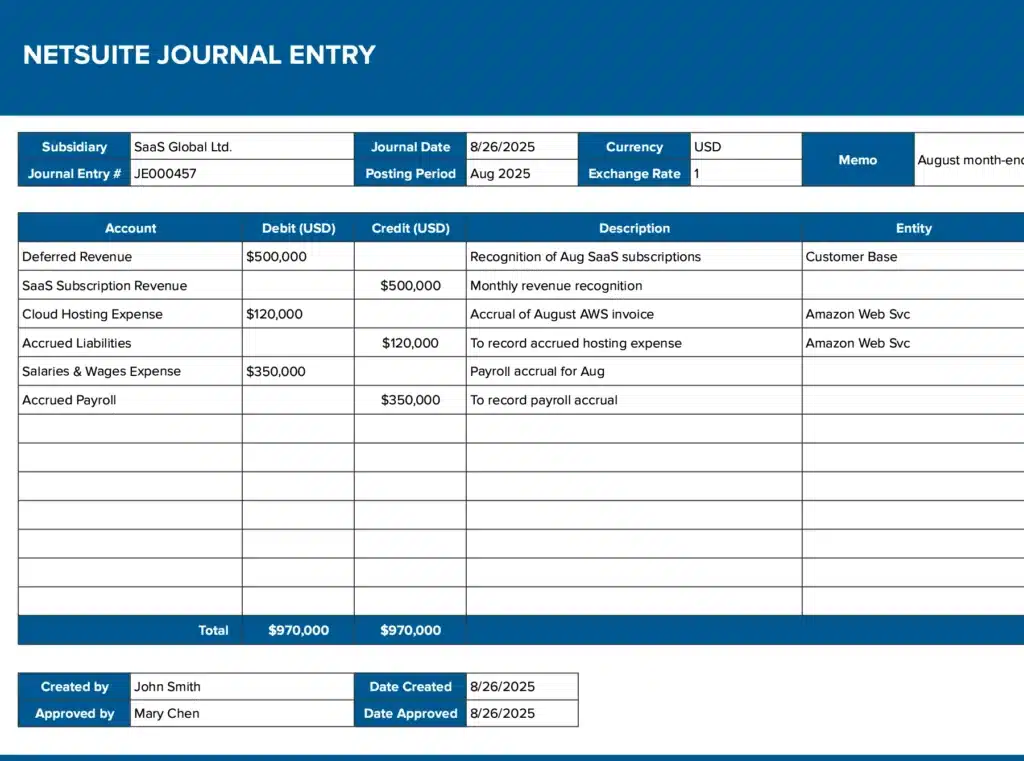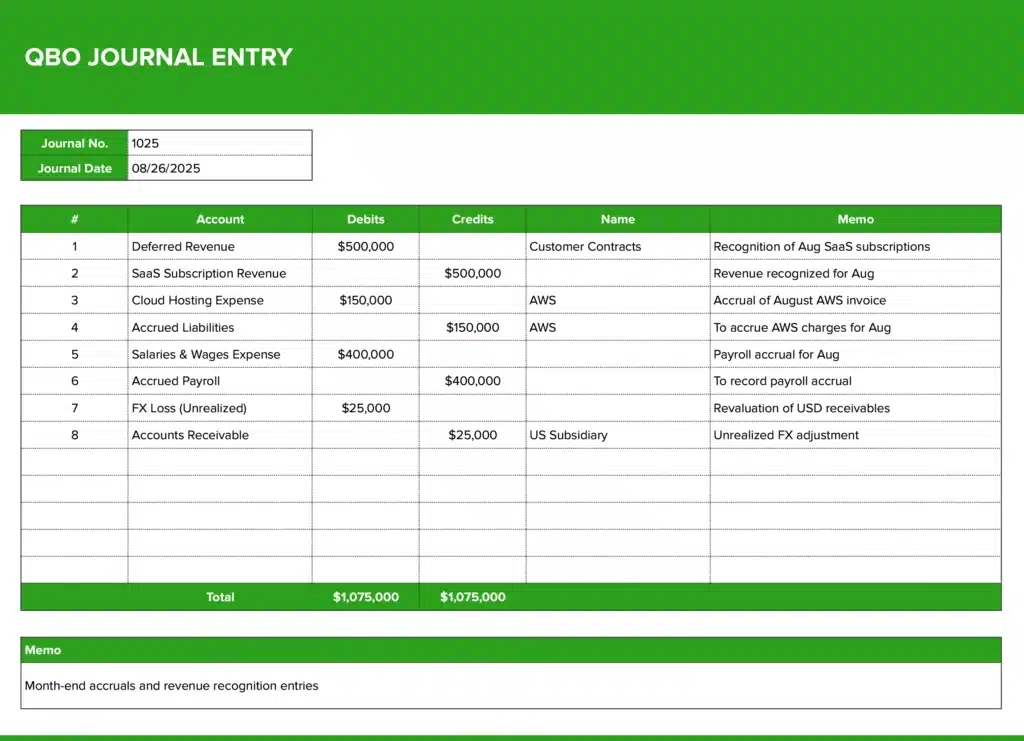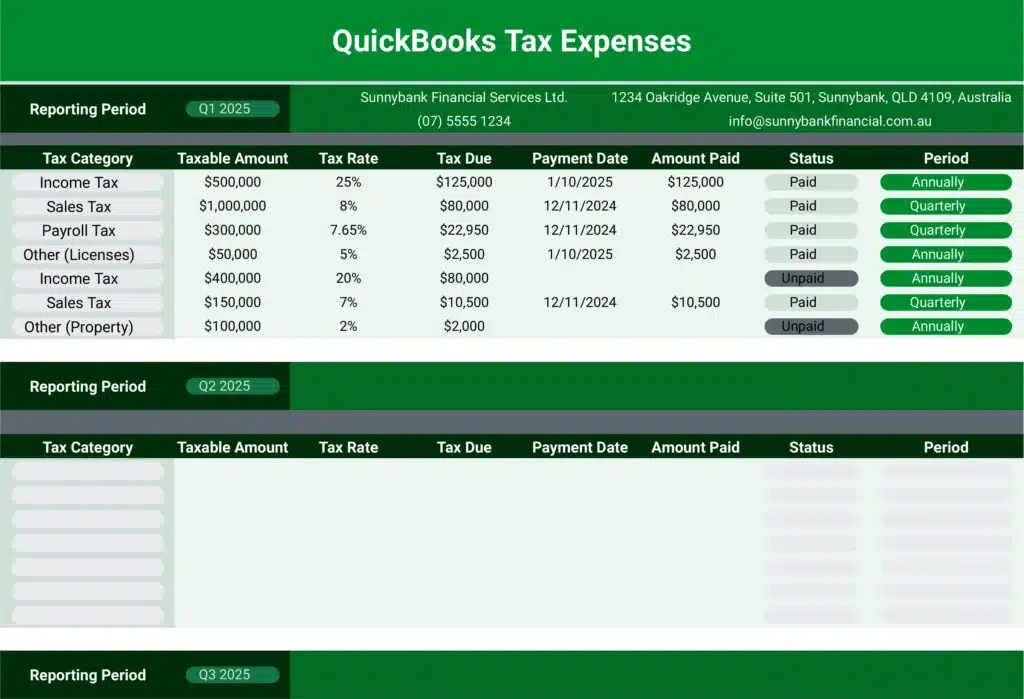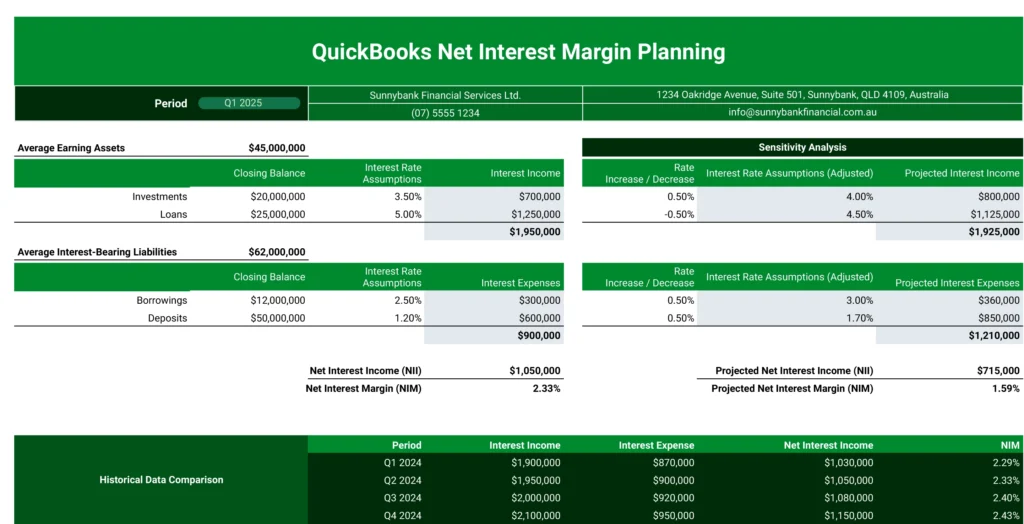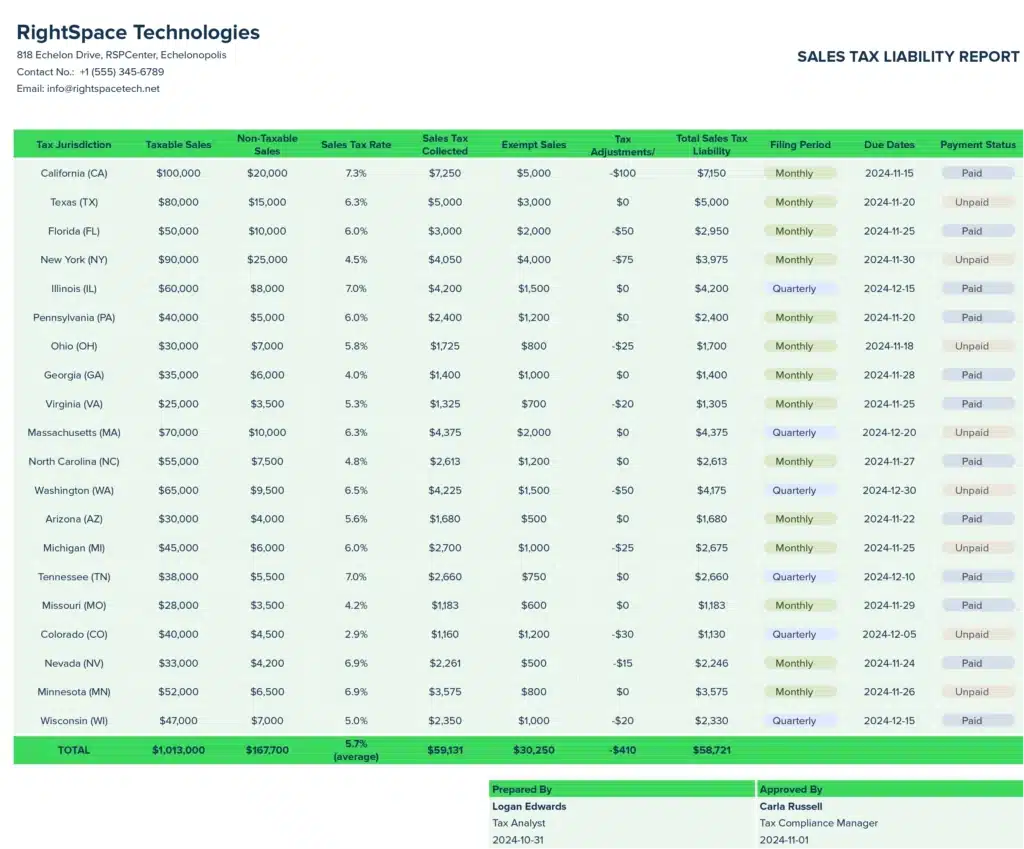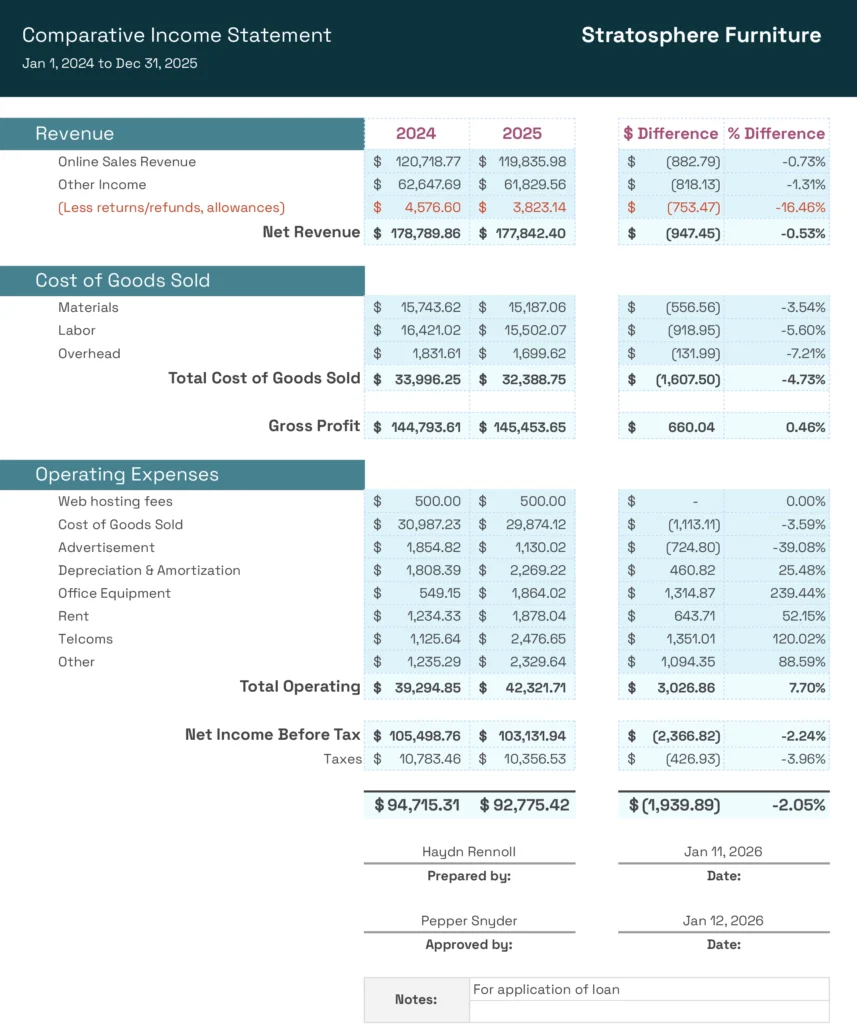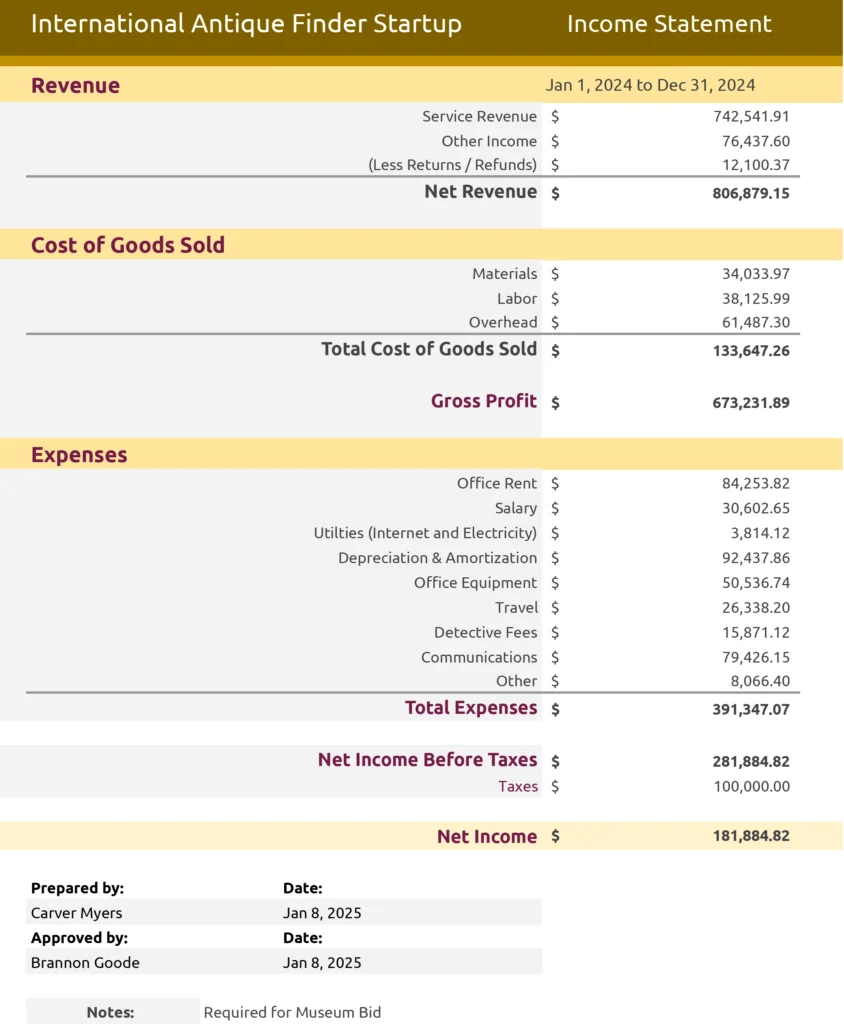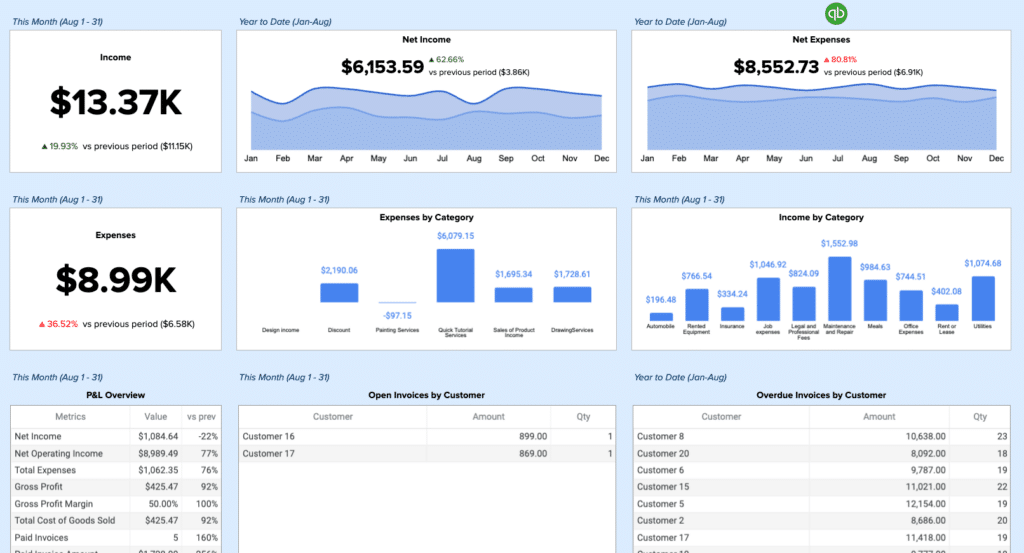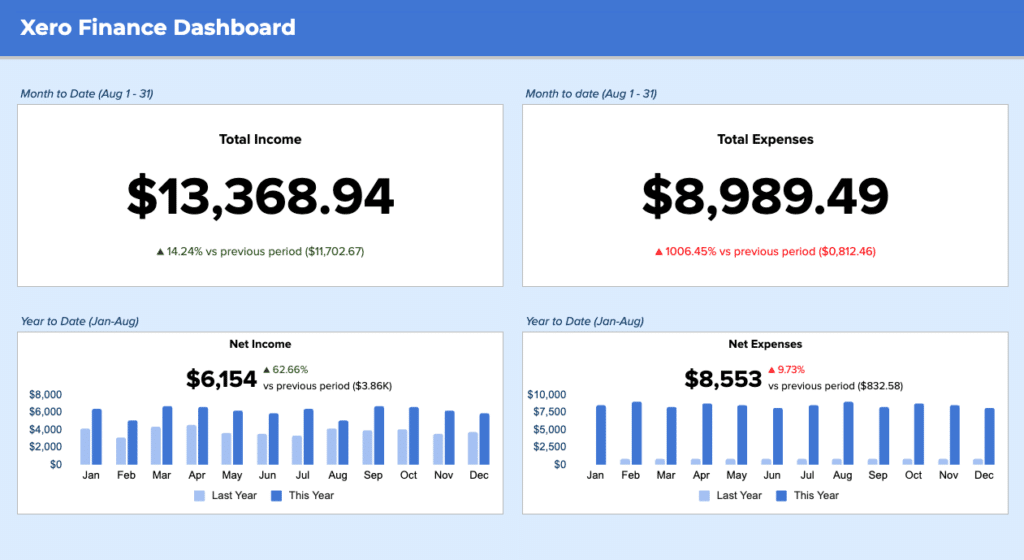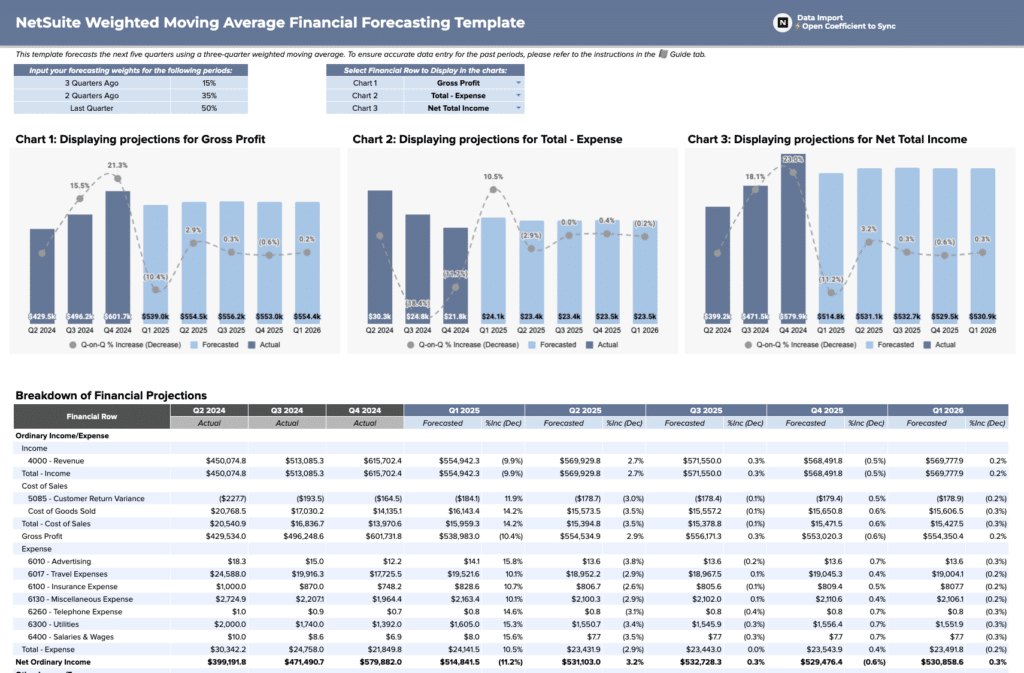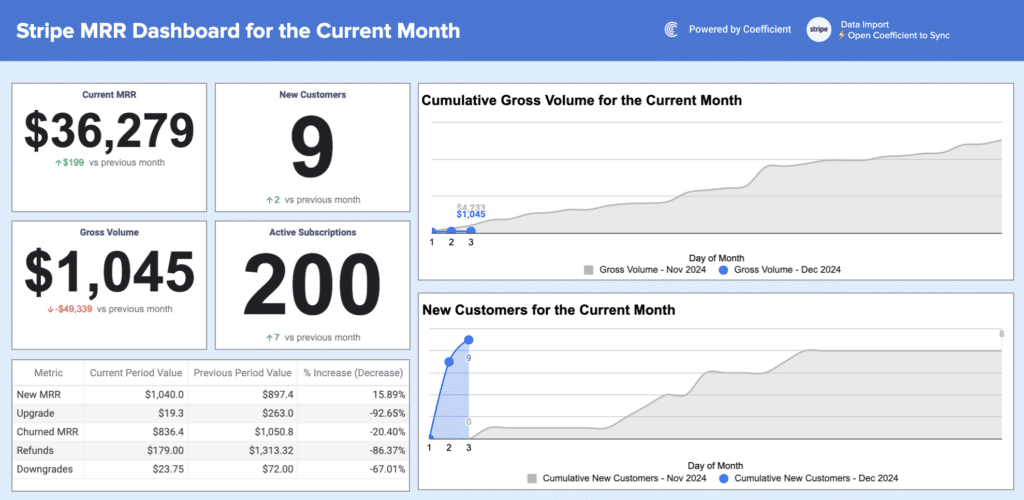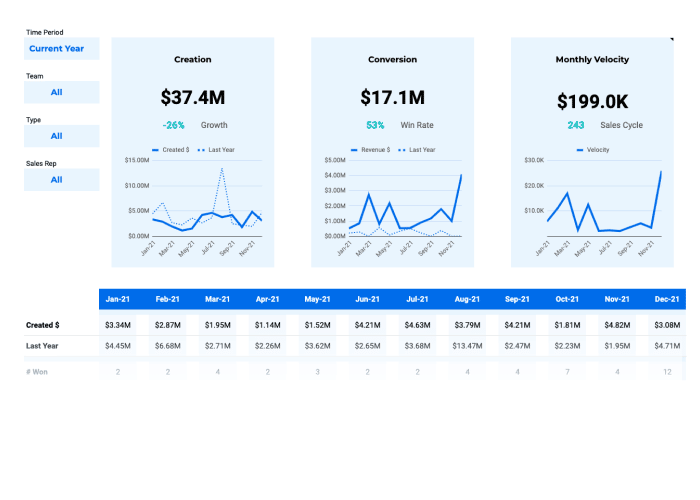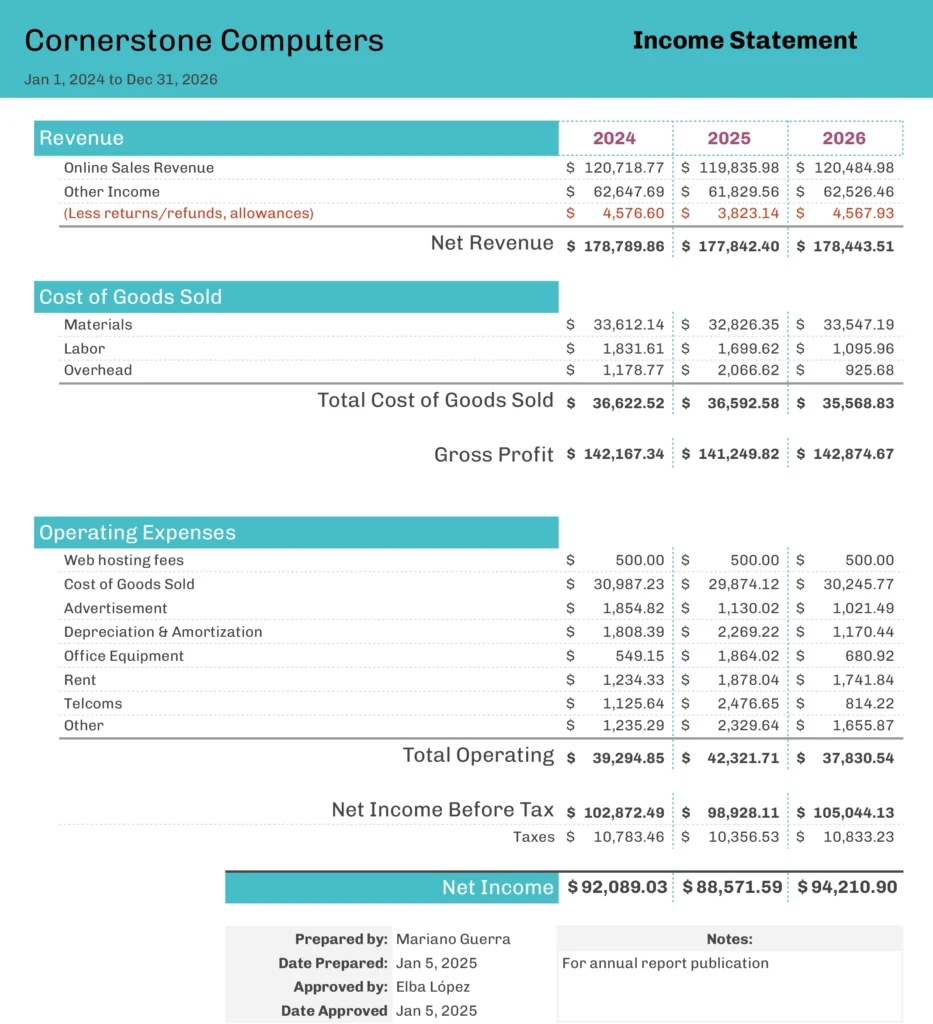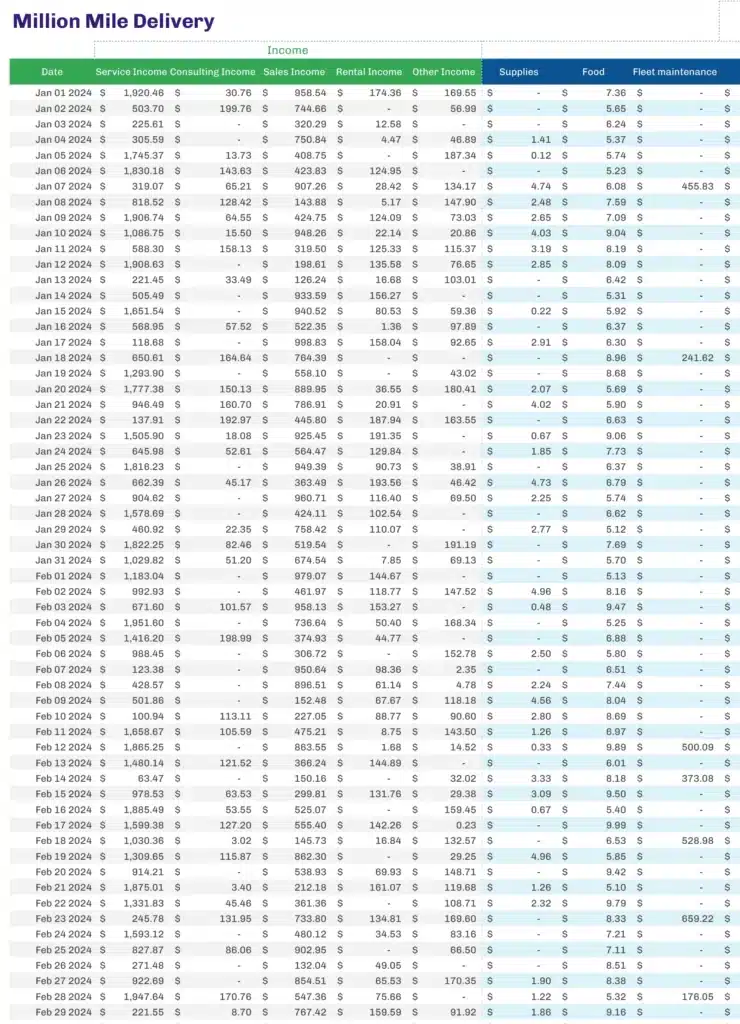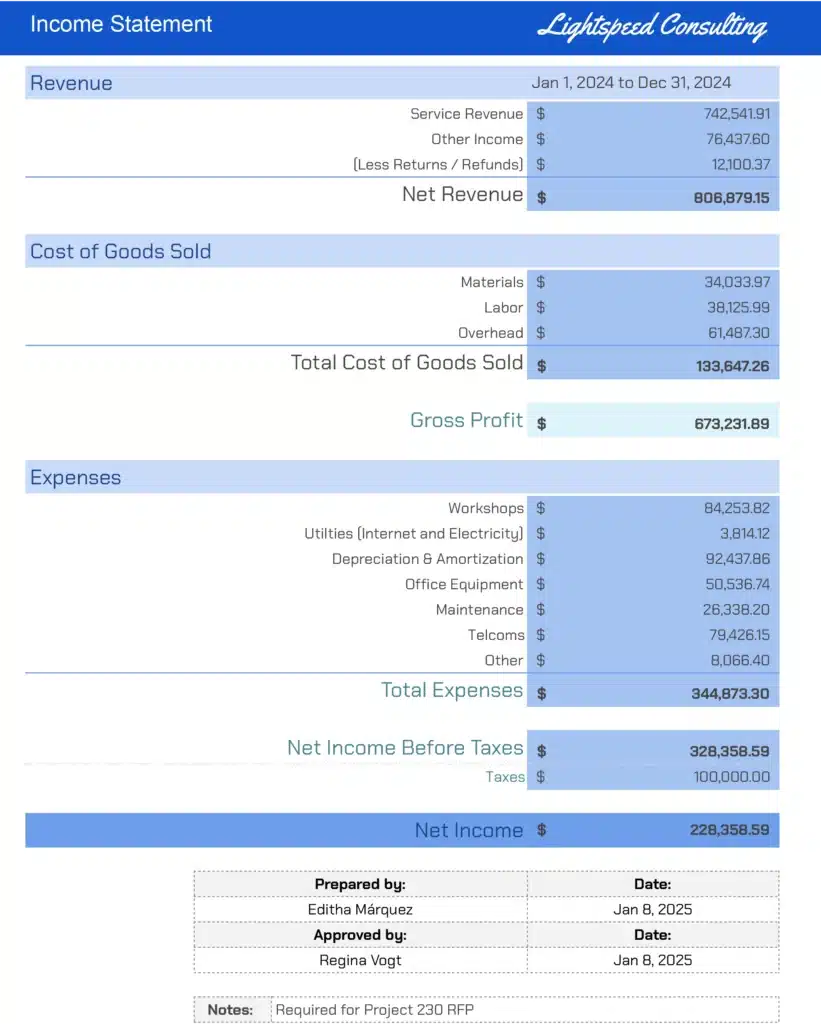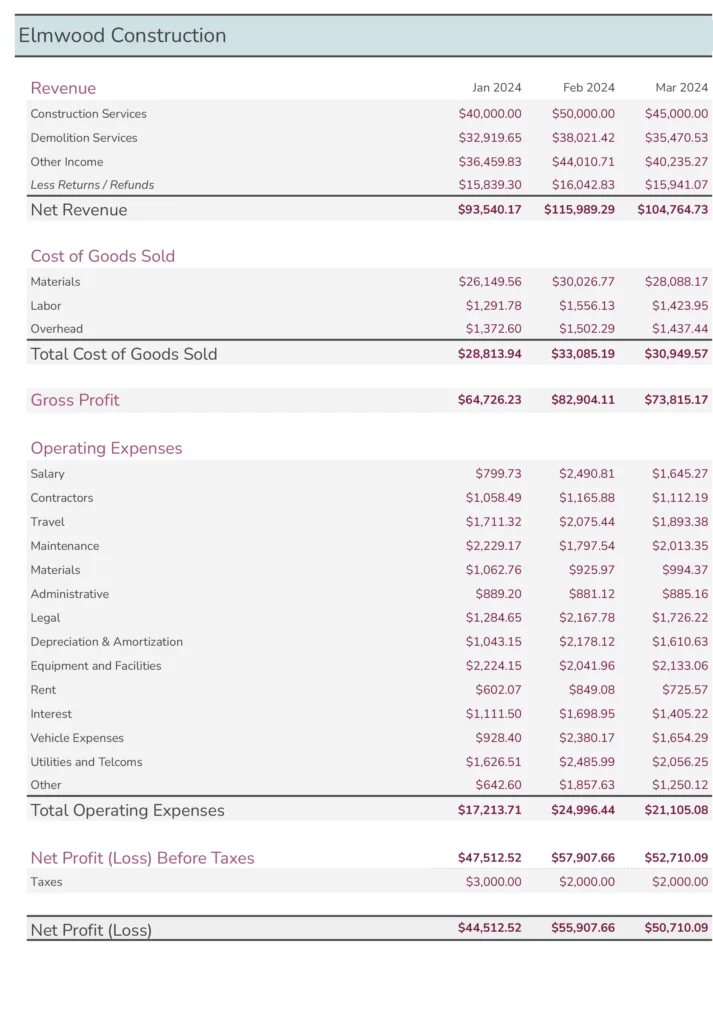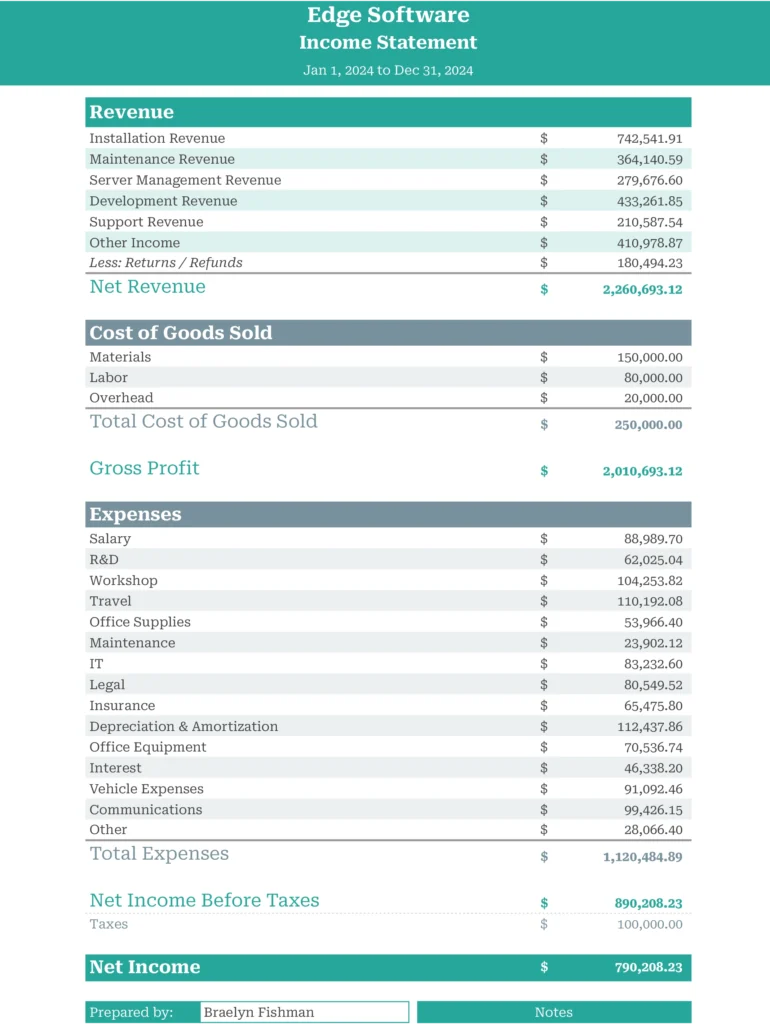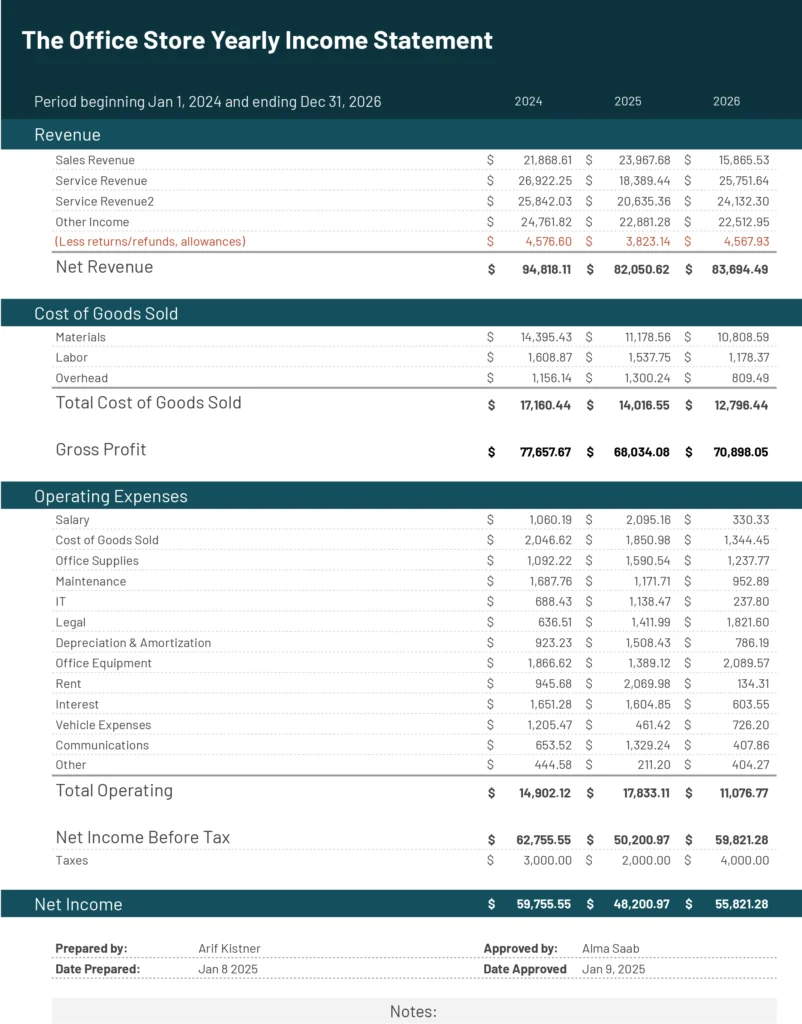Managing NetSuite journal entries manually creates bottlenecks and increases the risk of accounting errors. Coefficient’s free NetSuite Journal Entry Template streamlines your accounting workflow with pre-built formatting and automated data organization.
What is a NetSuite journal entry report?
A NetSuite journal entry report provides a comprehensive view of all accounting transactions recorded in your NetSuite system. This essential financial document captures debits, credits, account classifications, and supporting details that form the foundation of your company’s financial records. Journal entry reports serve as the audit trail for all financial transactions, enabling accountants and finance teams to track, verify, and analyze every monetary movement within the organization.
Benefits of using NetSuite journal entry template
- Streamlined data organization Transform raw NetSuite data into a clean, structured format. No more wrestling with messy exports or spending hours reformatting journal entry information.
- Enhanced accuracy and consistency Pre-built formulas and standardized layouts reduce manual errors. Your team works with consistent data structures every time.
- Faster month-end closing Speed up your accounting processes with organized journal entry data. Spend less time on data preparation and more time on analysis.
- Improved audit readiness Maintain clear documentation trails with properly formatted journal entries. Auditors appreciate organized, accessible financial records.
- Seamless collaboration Share standardized journal entry reports across your finance team. Everyone works from the same template structure and data format.
Metrics tracked in the report
Our NetSuite Journal Entry Template captures all essential transaction details:
- Account Name – Chart of accounts classification
- Debit – Debit transaction amounts
- Credit – Credit transaction amounts
- Line Description – Transaction line details
- Entity – Associated customer, vendor, or employee
- Department – Departmental allocation
- Class – Transaction classification
- Location – Geographic or operational location
- Subsidiary – Multi-entity tracking
- Journal Date – Transaction posting date
- Currency – Multi-currency support
- Memo – Additional transaction notes
- Journal Entry Number – Unique transaction identifier
- Posting Period – Accounting period assignment
- Exchange Rate – Currency conversion rates
- Date Created – Entry creation timestamp
- Date Approved – Approval workflow tracking
How to generate journal entries in NetSuite
Creating journal entries in NetSuite follows a structured process. Navigate to Transactions > Financial > Make Journal Entries to access the journal entry form. Select your subsidiary and accounting period, then add transaction lines with appropriate accounts, debits, and credits.
Essential steps:
- Choose the correct posting period
- Ensure debits equal credits
- Add meaningful descriptions for each line
- Assign proper departmental and class codes
- Review exchange rates for multi-currency entries
Best practices:
- Use consistent naming conventions
- Include supporting documentation references
- Verify account classifications before posting
- Review approval workflows for compliance
How to memorize a journal entry in NetSuite
NetSuite’s memorized transactions feature saves time on recurring journal entries. After creating your journal entry, click “Memorize” before saving. Set your recurrence schedule – monthly, quarterly, or custom intervals work well for standard accruals and adjustments.
Configure automatic posting if your entries don’t require manual review. For entries needing approval, set them to create drafts instead. This approach works perfectly for rent expenses, depreciation entries, and other predictable transactions.
Get started today
Managing NetSuite journal entries doesn’t have to drain your team’s productivity. Our template provides the structure and organization your accounting processes need. Ready to transform your journal entry workflow?
Download your free NetSuite Journal Entry Template and start building better financial reports today.
